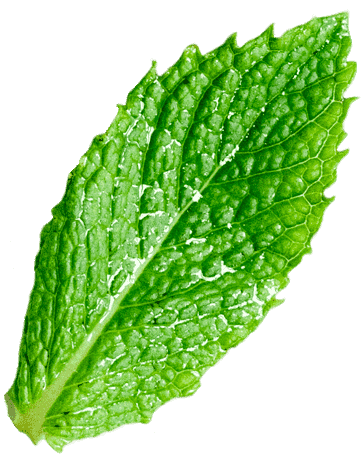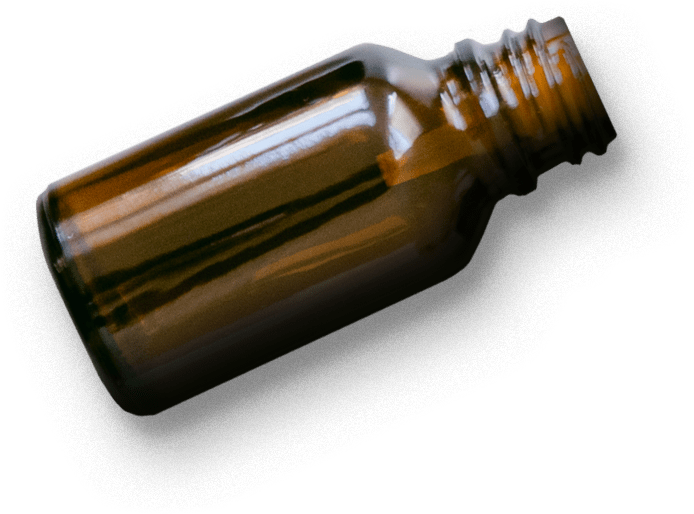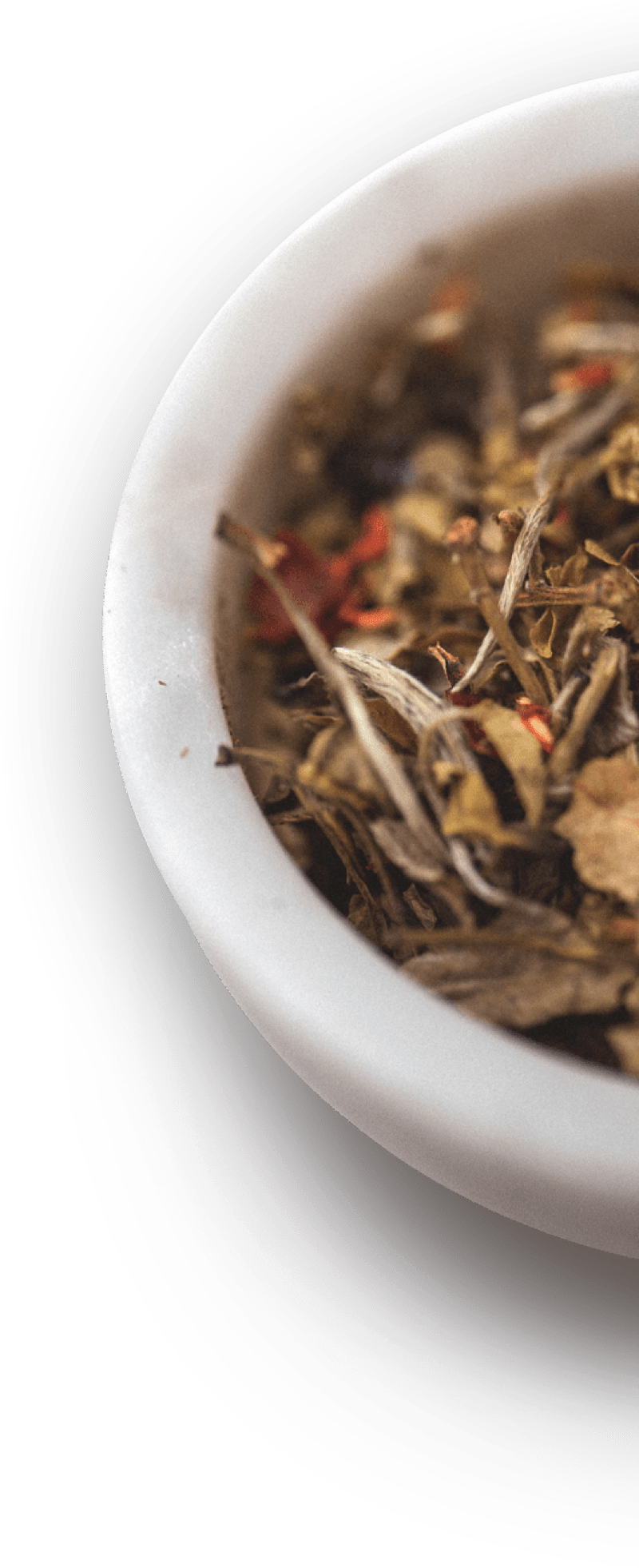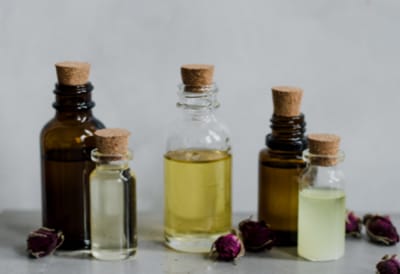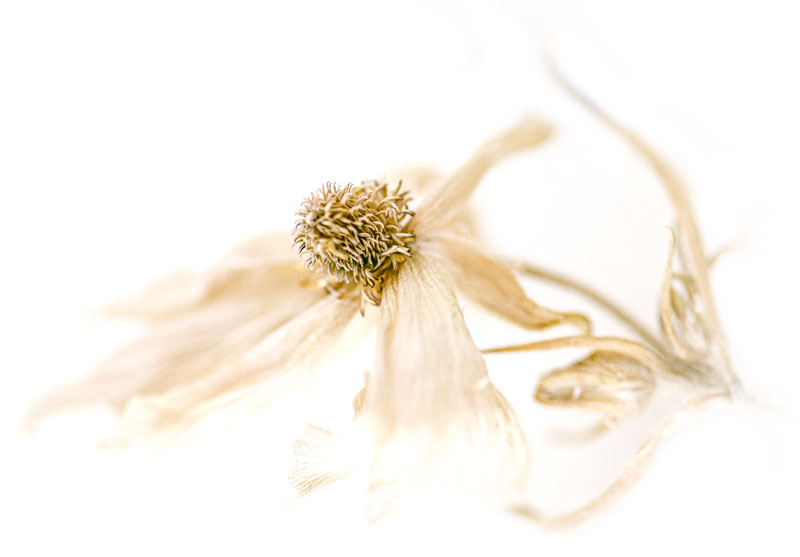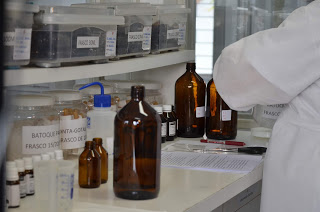Nowadays, 2021 January, many cases of bird flu have been reported in India. Several states have issued bird flu alert. The Centre has warned the states over possibility of the disease spreading to humans.
Influenza A virus subtype H5N1 (A/H5N1) is a subtype of the influenza A virus which can cause illness in humans and many other animal species. A bird-adapted strain of H5N1, called HPAI A(H5N1) for highly pathogenic avian influenza virus of type A of subtype H5N1, is the highly pathogenic causative agent H5N1 flu, commonly known as avian influenza (“bird flu”). Till now there is “no evidence of sustained human-to-human transmission” of the virus (WHO). Human cases of H5N1 avian influenza occur occasionally, but it is difficult to transmit the infection from person to person. When people do become infected, the mortality rate is about 60%. It was in 1997 when humans are first known to have contracted bird flu following an outbreak in a live bird market of Hong Kong. It was the H5N1 strain of the virus, and 6 out of 18 infected humans died of the disease.
Most human infections with Asian HPAI H5N1 have occurred among children and adults younger than 40 years old. Mortality has been highest in people aged 10-19 years old and in young adults. Research has shown that a highly contagious strain of H5N1, one that might allow airborne transmission between mammals, can be reached in only a few mutations. As a standard precaution, WHO recommends that poultry, poultry products and wild game birds should always be prepared following good hygienic practices, and that poultry meat should be perfectly cooked.
Investigators hypothesized that this virus is lethal because it induces an unusually potent proinflammatory cytokine response. The virus can trigger levels of inflammatory proteins more than 10 times higher than the common human flu virus H1N1. This might contribute to the unusual severity of the disease caused by H5N1 in humans. If and when an influenza pandemic arises from one of the currently circulating pre-pandemic strains of Asian HPAI H5N1, the mortality rates for the resulting human adapted pandemic strain cannot be predicted with any confidence.
Seasonal influenza vaccination does not appear to protect against H5N1 infection. And there is no time for antiviral medications to work, as most deaths occurred just 24 hours after the onset of the disease. Therefore, if Asian HPAI H5N1 undergoes the mutations that allow transmission between humans, for now what we can do is keep the innate immunity activated using M8, trying to avoid the pro-inflammatory cytokine storm, responsible for the high mortality rate.

